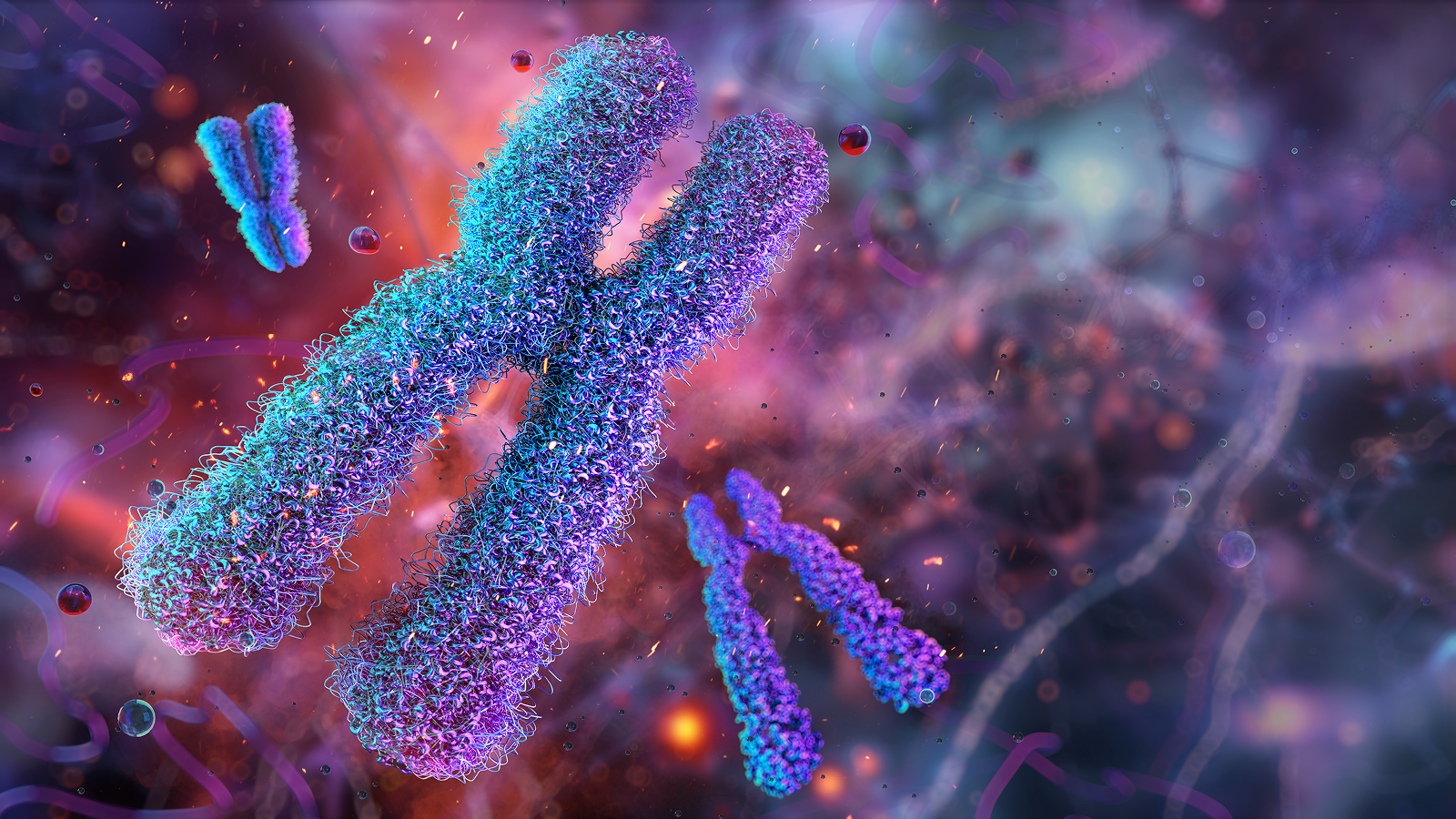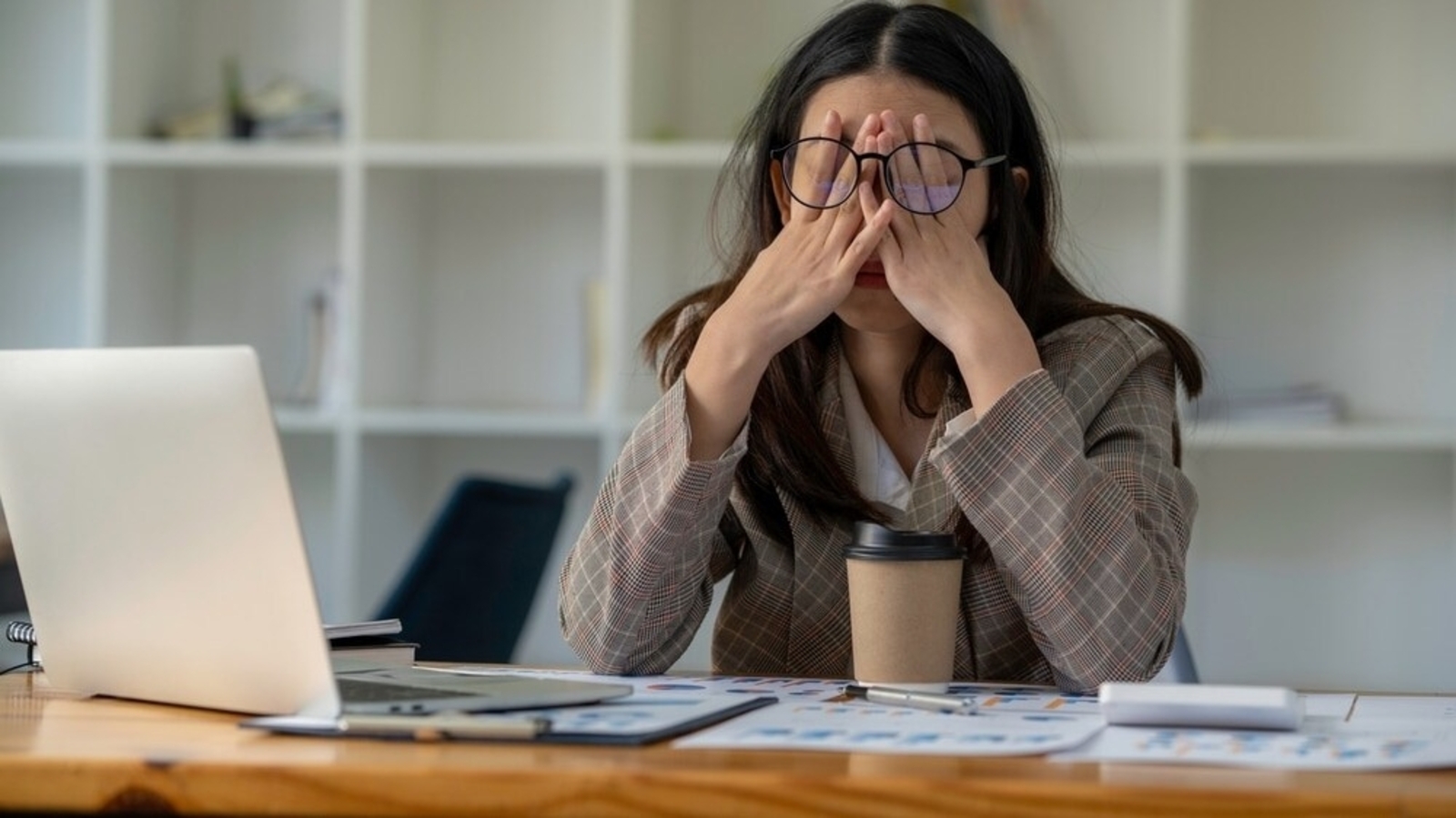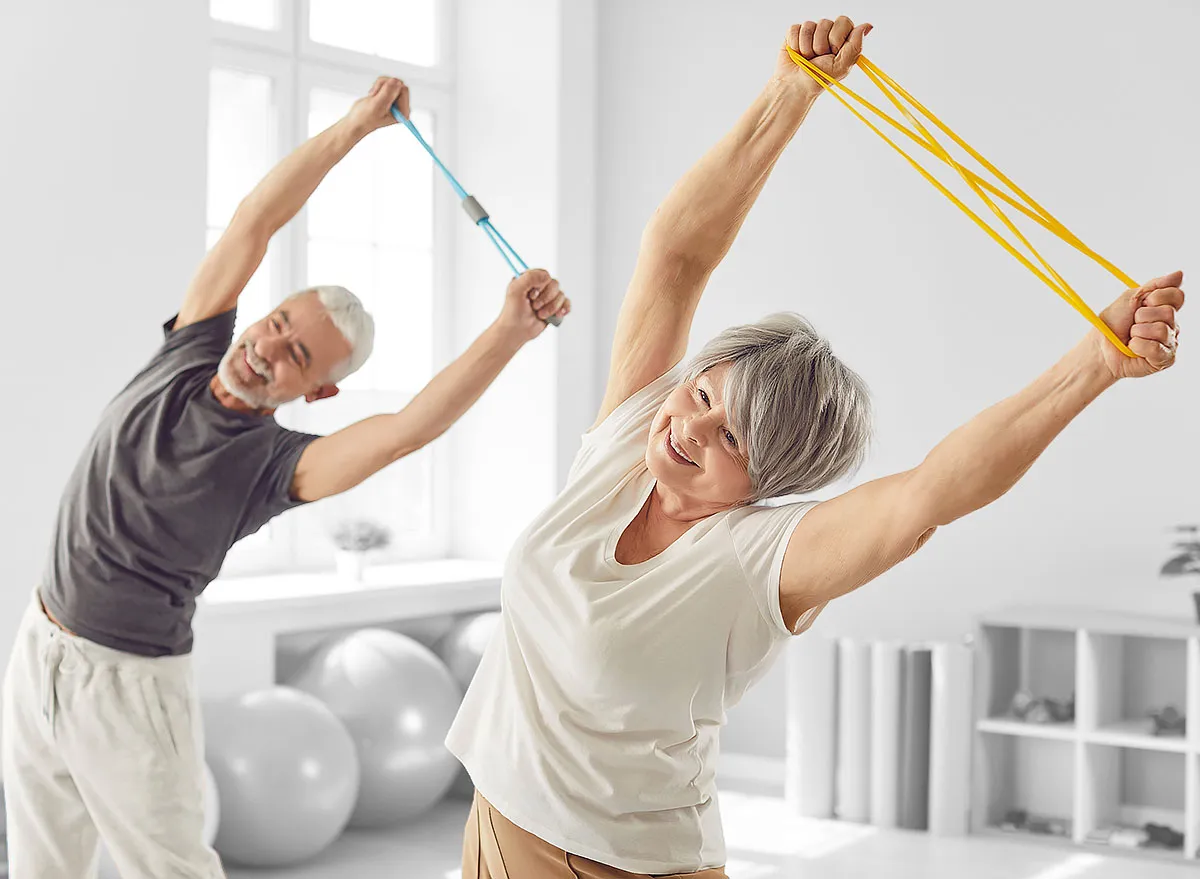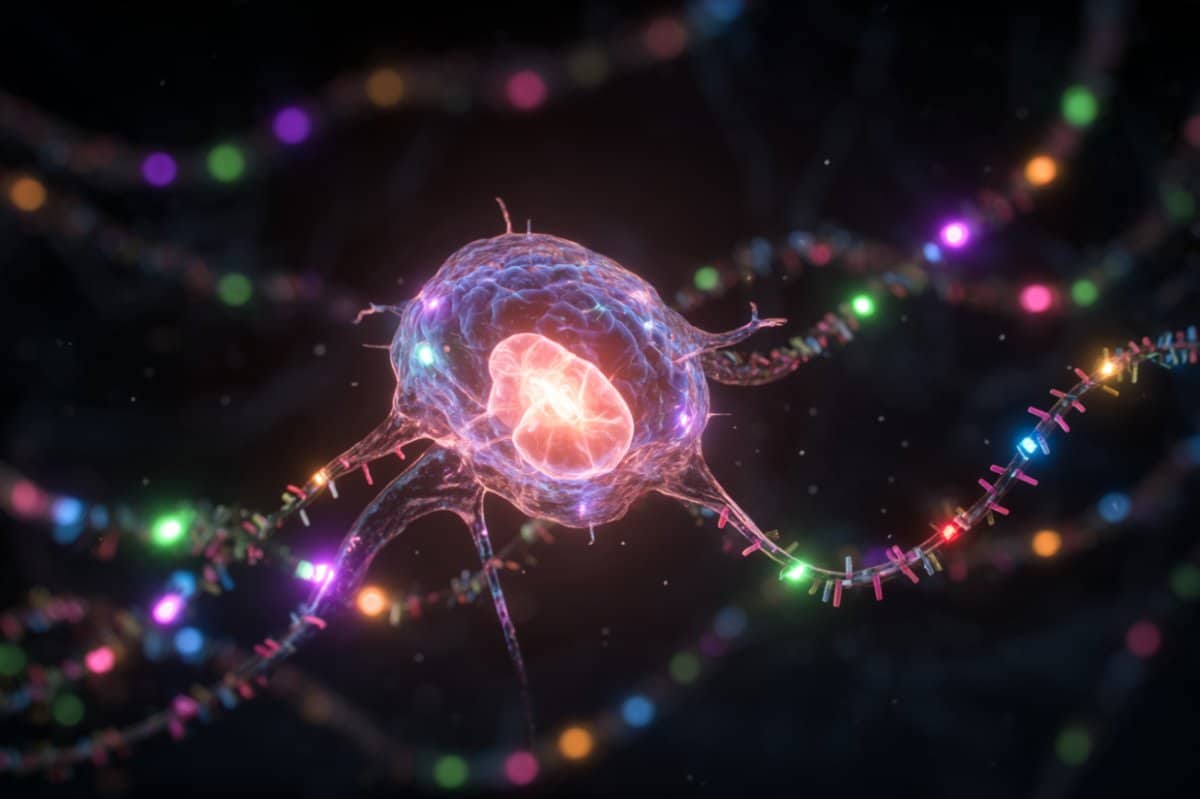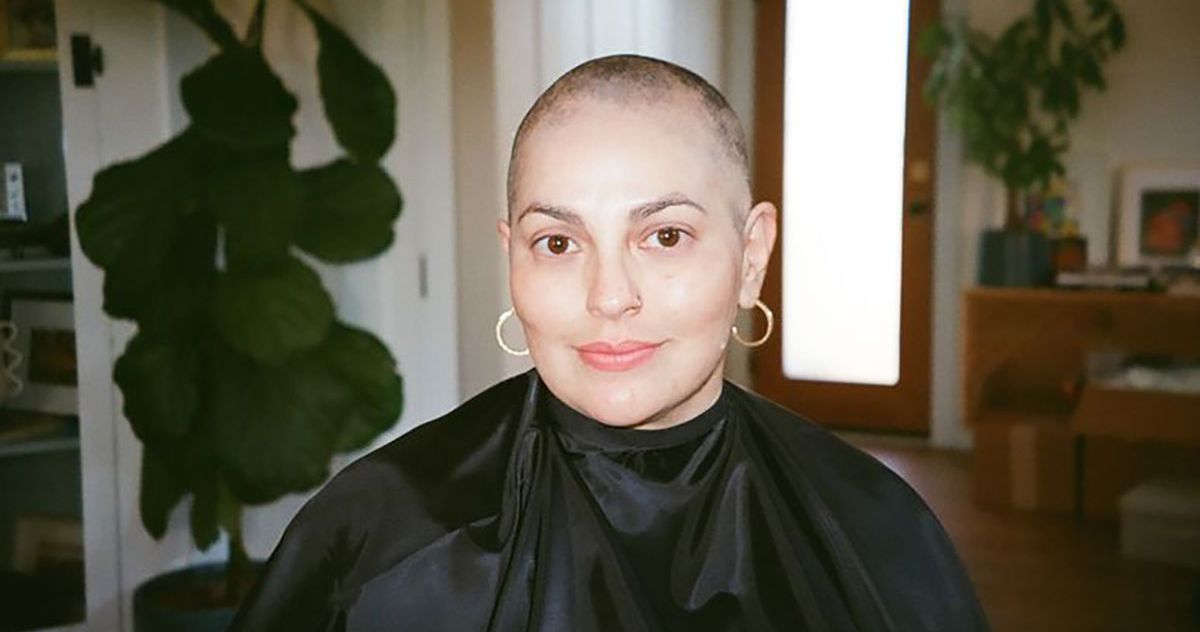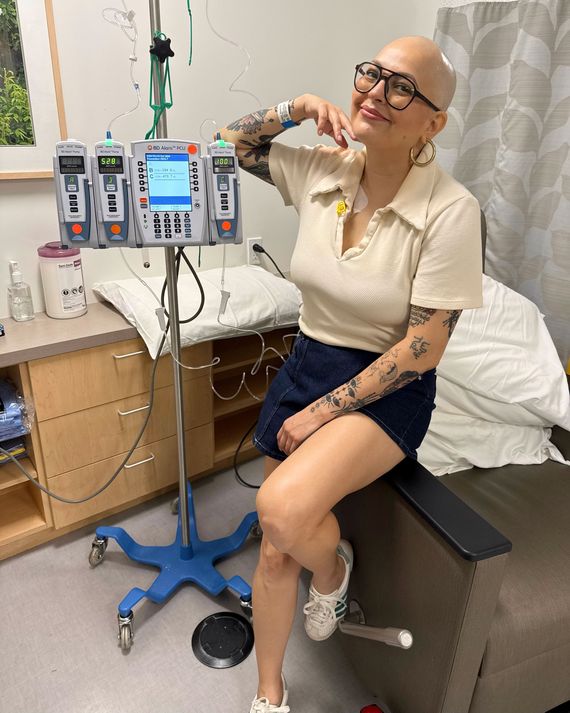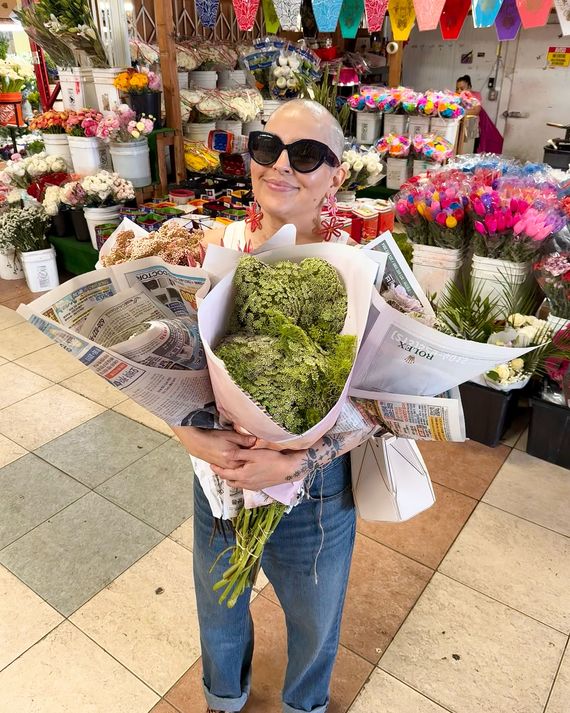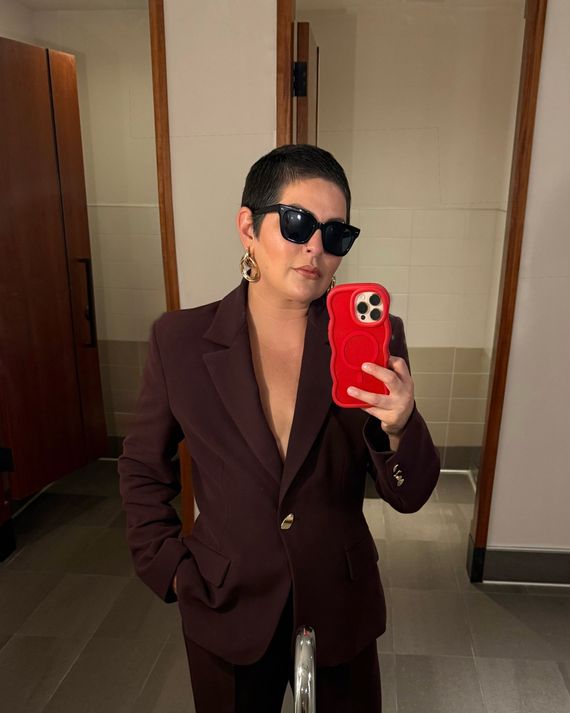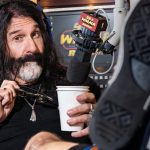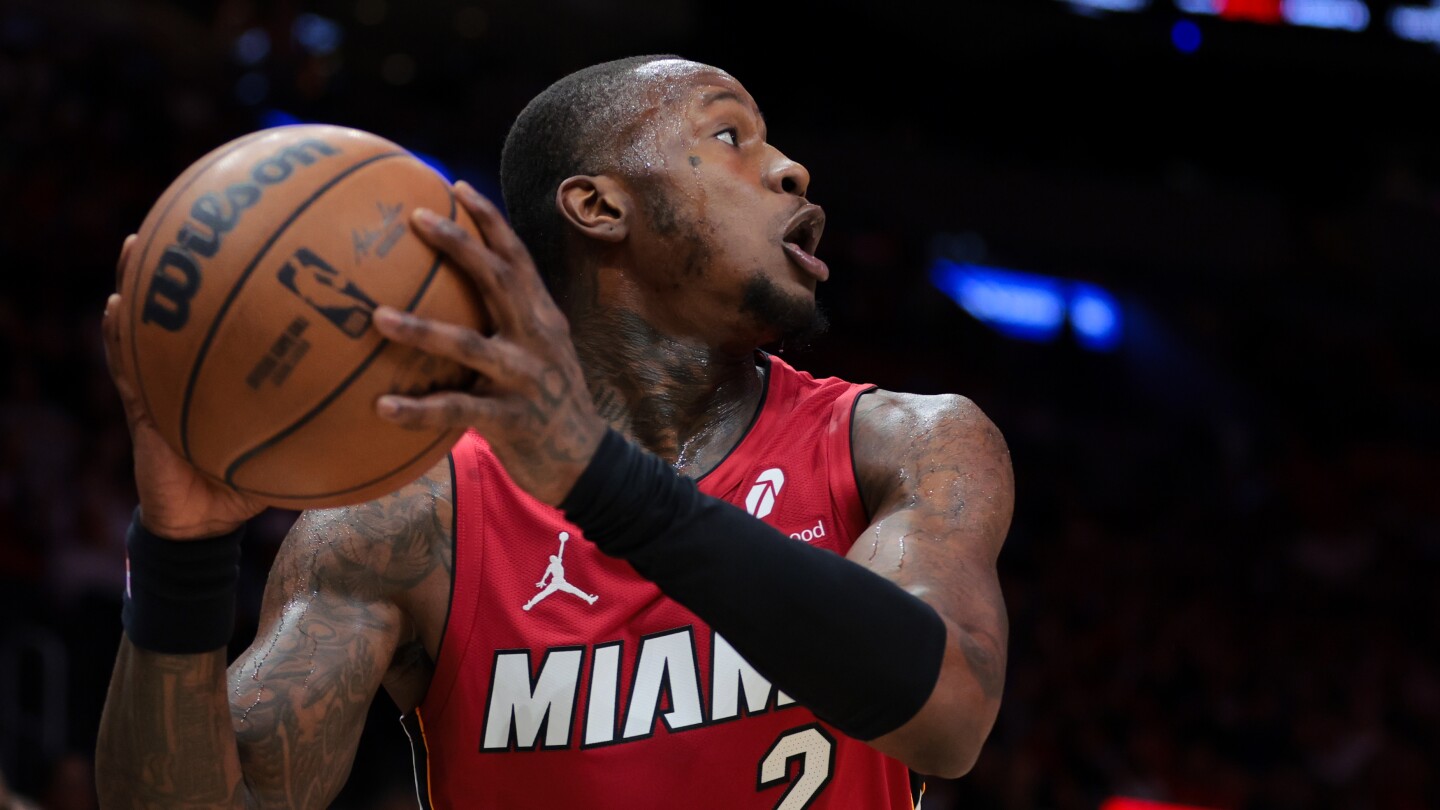In February of this year, I was diagnosed with stage-three-A invasive ductal carcinoma, the most common type of breast cancer, which originates in the milk ducts. I freaked out, unsure if I would survive and scared of what was surely going to be hell on my body as I fought for my life.
I had two days to prepare for chemo, and I did so by getting my eyebrows tattooed to avoid looking like Voldemort once my facial hair fell out. My oncologist recommended I “ease into baldness,” so I also chopped my long hair into a cute pixie cut. Despite loving the cut, I still cried in the salon chair.
I decided to do chemo, a bilateral mastectomy, and radiation, which have all taught me plenty about indignity: I had so much diarrhea during chemo that my insides felt like beef jerky. Radiation burned my armpit so bad that the skin fell off, giving it a real medium-rare vibe. My chemo-induced menopause requires me to inject vaginal moisturizer, turkey-baster style, every couple days; otherwise, I feel like I’m peeing knives. In attacking every cell in my body, I now have to keep a tissue on hand to catch drips of watery snot that drop randomly out of my nose — sometimes in front of a cashier at Trader Joe’s — since chemo made all my nose hair fall out.
After six weeks of chemo, (two rounds) my scalp ached horribly and thickets of hair fell out in chunks. Even the teeny stubble hurt. The only way to relieve it was to tweeze or even pinch it out. Then my eyebrows, eyelashes, and pubes fell out, and my arms and legs all felt like dolphin skin since all my hair stopped growing. Soon after, I waved the white flag and shaved what was left of my pixie cut, leaving a shiny, round cue ball, à la Mr. Worldwide.
Photo: Andrew Gauthier
Chemo slows or kills fast-growing cells, which include cancer cells and the cells in hair follicles. That’s what leads to chemotherapy-induced alopecia, or as I call it, Stanley Tucci–itis. Typically, people begin to lose it two to three weeks after the first round of chemo.
Baldness — like, total baldness, with no stubble, eyelashes, or body hair — telegraphs illness, particularly in women. It doesn’t help that your face looks absolutely over it. Your cancer is made visible to yourself, as you’re looking in the mirror, dumbfounded. I wasn’t the only person doing a double take. Everywhere I went, I got sad, sympathetic smiles from people — real hang in there! vibes at Target. I was inevitably treated like the Sad Girl With Cancer, even by well-intentioned people. It makes me think that even if I was sick, but had a full head of hair, I could eat a goddamn slice of pizza in public without someone looking at me like I’m Beth in Little Women. Still, I’ve heard women with cancer who didn’t have to do chemo complain about the opposite effect, wishing they looked more sick by being bald so that people would understand that they were struggling.
Even though my bald head became a source of frustration and my own insecurities with being sick, I still wanted to take care of it and make sure it was primed for the day hair did begin to sprout again.
I went nuts researching clean, fragrance-free products safe for cancer patients and filled my bathroom with La Roche-Posay, Aveeno, and Avène soaps and creams. Initially I thought I could use the same body wash I’d researched on my head thinking it was fine; it’s skin up there after all, right?
A worker at my hospital, City of Hope, suggested I use products with gentle exfoliating properties on my scalp. She handed me a gift box of Chi Power Plus Hair Renewing System: a shampoo, conditioner, and scalp treatment that would help with regrowth after chemo. The cool, herbaceous products felt soothing and moisturizing on my scalp. I gently massaged it in, imagining thick waves and curls peaking out of my pores in an act of manifestation. Even though I desperately wanted my hair back, the alternative options never felt right for me.
During chemo, many patients try cold capping, also known as scalp cooling. The medical technique preserves chemo patients’ hair by having them wear freezing-cold hair caps before, during, and after sessions, and it can reduce hair loss by as much as 50 percent. But cold capping can be tedious and uncomfortable and not suitable for all cancer patients. Success is also not guaranteed.
Photo: Andrew Gauthier
I asked my oncologist about cold capping for myself early on just to hear my options. She told me it can be very painful and might not make much of a difference. I didn’t want to add more pain on top of what I would already be feeling for the sake of saving my hair, even though I understand why so many do. Being bald when you don’t want to be marks you as sick and may not be the most flattering look, even though plenty of women prove it can be (I’m looking at you, Jasmine from The Great British Bake Off).
Once my initial shock wore down, I decided to embrace the bald; to relish in the sensation of a cool shower on my head; to buy big earrings and wear shimmery eye shadow; to put on a Dobby costume and surprise my friends for a laugh. I spent years rocking unflattering Liz Lemon–esque layers and every time my bangs looked especially rat-chewed I just told myself, “Who cares! Hair grows back!” That would be my approach to baldness, too, I decided. Even so, there were bad days when I felt hideous and depressed, and there were days when I chose not to think about it, avoiding mirrors if I could.
Even with my discomfort with my illness, I didn’t want to hide my bald head. I wore beanies and dad hats to protect my scalp from cold or hot weather, but otherwise I let my head be free. I didn’t wear wigs either. Just like with cold capping, I understand why so many women choose this route, but for me wearing a wig was uncomfortable in many ways.
Wigs bothered me on a sensory level. They felt hot and itchy. If a strand stuck to my face, it felt like walking into a spiderweb. Even though I was given a gorgeous wig made from real hair by a charitable foundation, I hated the sensation of it on my head. On a deeper level, seeing myself in a wig felt … off, like an uncanny valley version of myself. Somehow wigs made me feel even more sick. As much as I struggled with losing all my hair, I didn’t want to put on a façade of sorts. I didn’t want to wear the cancer costume.
For me, it felt important to continue to be in the world and show people around me, and even myself, that life keeps happening when you have cancer. You still have to return a shirt at Zara and pick up dinner; you can still go out for a drink with friends and throw big parties. In fact, I’m extremely fortunate to be able to do any one of those things when cancer often means the extreme opposite for so many. The point of it all was to live, and continuing to do so even in mundane ways was tantamount to breathing. It was a necessity and a privilege to keep going.
I didn’t want to hide my illness, pretending it doesn’t exist for the sake of other people’s comfort. Taking care of my bald head, and letting it be loose out in the world, meant also taking care of my spirit as I navigated this rotten, terrible disease.
As the end of chemo approached after four months, I began to plan and daydream about my hair. Doctors told me to shave two or so more times before letting it grow out to cut off any chemo junk that would be in my freshly grown strands. July 19 was the last time I shaved my head, just in time for a big good-bye party I threw for my boobs.
Watching my hair grow back into a little pixie after three months, its texture now thick and velvety, has been exciting. Sometimes I look at old photos and take videos of my head to monitor the regrowth, willing it to come back faster. Hell, even the annoying thick chin hair I always had to pluck is back with a vengeance. One of my best friends gave me a natural hair oil with rosemary and mint she found at a woo-woo shop, and I bought Cecréd Restoring Hair and Edge drops, hoping to coax more hair out from my head. I actually really miss my smooth chemo face and legs.
Photo: Alex Zaragoza
Talking to my oncologists and others with cancer, I’ve heard that post-chemo hair sometimes grows back as “chemo curls” — the initial growth post-chemo can be tight to soft curls, which, in some cases, straighten out over time. I keep staring in the mirror, looking for signs of curl, imagining myself looking positively Shakira-esque.
Regardless of its new texture, my growing-back hair signals that cancer is closer to being behind me where I want it to be. I’m eager to let this part of my life go, even though I’ll continue to carry so much of the care I gave my head and body during this time with me always, whether it’s using rosemary on my sensitive scalp or reminding myself to put on hoop earrings and live fully every day.
I plan on keeping my hair short for a long while, though. Turns out, I love a pixie.
First Appeared on
Source link





